SIX OF THE BEST: LAMENTING THE LOSS OF THE MINI-LP
The six track Mini-LP was once a staple of release schedules everywhere. Its constraints forced a different kind of creativity to singles and albums. I miss them. They were a perfect format.
We are gathered here today to champion the cause of a near-extinct vinyl format: the six track Mini-LP.
In the 1980s and early 1990s, these digestibly perfect showcases were some of the strongest releases to be played on fun-loving turntables across the world.
And yet today, that impeccable form no longer exists.
It was the ideal platform for a band to show their best side; much more substantial than a Single or an EP, but without the potential to wander like a full album. Not every track had to be a banger like they did on a 45 - the Mini-LP had enough space to show the depth of a band’s songwriting talent - but not so much space that they could get away with filler tracks.
A perfect balance.
With only six songs - three a side - any weaklings would be exposed immediately, so the Mini-LP demanded more thought about its composition, running order and story-telling than any other format might.
I wish they were still a thing - it would shine an exposing light on the shite that’s masquerading as engaging these days, as well as giving worthwhile bands the chance to shine more vividly.
Unfortunately, presumably because it’s a more long-winded and expensive process to press vinyl these days, the Mini-LP no longer really exists.
It’s a genuine shame and a castrated element of the record industry that used to help a band develop in a purposeful and exciting way.
I’m not going to try and list every example of the Mini-LP here, but I am going to talk about a few key examples that show how well it can work. The six track (no more, no less) format was a standard when I was blowing my student grant and early wages on wax - and still those releases are often my favourites from the bands I mention below.
Sub Pop, Amphetamine Reptile and Touch and Go, inparticular, made a wonderful habit of releasing Mini-LPs - and, as those labels formed the spine of my obsessions back then - I’ll focus on them.
SUB POP
Sub Pop really did a marvelous job of releasing engaging Mini-LPs from 1988 to 1991.
Mudhoney: Superfuzz Bigmuff, 1988.
The obvious place to start is in 1988 with Mudhoney’s Superfuzz Bigmuff.
It was responsible for getting the grunge dung-ball rolling and for inspiring a generation of losers to open an atlas for the first time to see exactly where the Pacific Northwest was.
Or maybe that was just me.
I can remember reading about Superfuzz Bigmuff in Melody Maker and going straight to my local record shop to hungrily snap it up.
The guy that served me beamed at my choice. I felt accepted. One of the big boys. “The best thing since sliced Mudhoney!” He enthusiastically (and somewhat clumsily) remarked. Paul now runs a different record shop in the same town but is still just as excited by new releases 36 years later.
Paul is a lifer.
Be like Paul.
There is nothing to argue about with Superfuzz Bigmuff. All six songs are immense in their own way.
I was today years old when I realised Touch Me I’m Sick is only the opener on the European release. I can’t imagine the record starting in any other way. The amp hiss and bursting crunch of that riff is so enigmatic - and responsible for launching grunge at the UK masses much more than any 7” of the same song would have been.
It was our real anthem.
Forget Teen Spirit three years later - the grit, grime, fuzz and lo-fi beauty of Mudhoney was the real deal and Touch Me I’m Sick exemplified that and more. As much as I loved Nirvana, and I did, the high gloss of Nevermind that came to symbolise Grunge in the eyes of the mainstream was just not the same thing as Touch Me I’m Sick was.
One is true filth. The other is corporate gloss.
Bleach, though, is a different matter entirely.
Following on from the opener, the tom-rolling and lightning riffage of Chain That Door subsides into the bluesy Mudride, which slides into the immaculate No One Has, to the best “ballad” of The Grunge Years, If I Think, which knee drops to the incomparable crescendo of In ‘n’ Out of Grace.
Every single tune is worth the price of admission.
If it had been three singles or supplemented with another six songs as an LP, there is no way it would have retained its notoriety, flawlessness or iconic position in the grunge canon.
What a fucking wonderful record.
It leaves you wanting more.
The Mini-LP is perfect.
TAD: Salt Lick, 1990.
Now imagine, if you will, a label so powerful that they could follow that up, just eighteen months later, with TAD’s insanely heavy Salt Lick.
From Axe to Grind to Potlatch, Salt Lick shows off Steve Albini’s engineering at its very best.
The band sound positively monstrous.
They’d never be this heavy again, taking a more melodic track in the future with 8 Way Santa.
See here what I've got to say about 8-Way Santa
And from there to Inhaler and Infrared Riding Hood.
The Mini-LP is perfect.
Just imagine this: only ONE MONTH after Salt Lick, Sub Pop released The Fluid’s Glue.
The Fluid: Glue, 1990.
This article began its gestation as a special piece on The Fluid because they are unjustifiably written out of grunge history, more-or-less - yet they were the first band Sub Pop signed from outside the PNW (The Fluid are from Denver) and deliver the tenth vinyl release on the label, with fantastic sophomore album Clear Black Paper.
They were there at the start and helped forege the blueprint of what would become groundbreaking and life-changing.
I’ve got a huge soft spot for The Fluid. Their LPs are great. Real garage psych punk - they can easily go toe-to-toe with Mudhoney, and head most of the other early Sub Pop bands off at the pass.
Check them out, if you haven’t before. Roadmouth is another brilliant album.
As is seven (!) track Mini-LP Freak Magnet.
The Fluid: Clear Back Paper LP on Bandcamp
However, Glue is the 1990 example we’re using here because it is so fucking good. I played it as much as Superfuzz Migmuff at the time.
From the starting crash of Our Love Will Still Be There - previously of The Troggs, but claimed here as a cover that beats the original - past the follow up punches of Black Glove and incendiary, self-immolating Closet Case to Side Two opener, the crashing, bashing Stoogisms of Candy.
What a song. Wowzers. Still fab. And it was the live B-Side to a split with Nirvana.
From there we go to the blissed out punk of Pretty Mouse and on to the slow, grinding and anthemic Wasted Tim, to close.
Glue is breathless, flawless and utterly unforgettable.
It leaves you wanting more.
The Mini-LP is perfect.
I wish I’d seen them live. As far as I’m aware, they never came to the UK but, by all accounts, they were incredible.
Our own Jennifer Finch would know - perhaps she can tell us about them?
Speaking of her, our round-up of immaculate Sub Pop Mini-Albums wouldn’t be complete without Smell The Magic by L7, released in October the same year.
What a fucking year.
L7: Smell the Magic, 1990.
For me, this is the perfect L7 disc. A six track showcase of immaculate rock. More grunge than grunge, and at the forefront of the female contingent of a male dominated scene - with only Lunachicks and Babes in Toyland contemporaneously matching their exposure in any way. Hole wouldn’t make an impression until 1991 and the Riot Grrrl movement was a full two years away at this point, so L7 were standing out for a few reasons - but the main one being that they had bigger (lady) balls than virtually anyone else on Sub Pop at the time.
Except maybe TAD.
Smell the Magic is magnificent - from the timeless intro riff to Shove - which still sends shivers - and the one-two follow up of Fast and Frightening, with the immortal line that seemed to crystallise the band so well:
“She’s got so much clit, she don’t need no balls…”
It set its stall out clearly from the start.
From there to Deathwish and ultimately to the grunger than thou Broomstick, Smell the Magic is unskippable and a great example that proves The Immaculate Concept of the Mini-LP.
It leaves you wanting more.
The Mini-LP is… you get the message.
AMPHETAMINE REPTILE RECORDS
Almost a twenty four hour drive due east from Seattle, in the industrial ice-wastes of the mid-west, lies Minneapolis. Previously famous for being the home of Hüsker Dü, The Replacements and Prince, in the late 80s and early 90s, the star that shone the brightest above that hallowed metropolis was that of Tom Hazelmyer’s perfectly formed Amphetamine Reptile Records.
This label was responsible for bringing a darker, grimier, more grinding and, frankly, unstable roster of artists to the attention of the record buying public. Not so much grunge as post-hardcore - less rock and roll and more weird - the bands and their close-knit community would, nevertheless, share stages with their contemporaries from Seattle on a regular basis.
More like the inbred cousins of grunge than brothers in arms, the Amrep bands were wild-eyed, intimidatingly weird and resolutely low-brow.
And they were, without exception, magnificent.
Key among these bands were Tar. Their blue-collar, no nonsense aesthetic reflected nearby Chicago, their home-turf. They rose from the ashes of a more straightforward punk/hardcore band (Blatant Dissent) to epitomise the grinding noise rock of Amrep. Along with Cows, Helmet and Melvins, they formed the label’s four pillars of wise-ass wisdom.
Tar: Handsome, 1989.
Importantly, for this essay, Tar’s first release for the label was Handsome. Six tracks that very clearly caught the band in the midst of their transition between punk and something altogether more interesting. Static, Downtime and Seam, inparticular, show us where Tar are heading. Mumper and Same betray their punk rock roots, while Mel’s contains more free-form noise than they would exude going forwards - their shtick was the grind; the fabulous mundanity of a repetitive riff.
No nonsense.
No flim-flam.
Handsome is interesting more than consistent - Tar would come into their own on Roundhouse and Jackson the following years - but the six tracks here are historically significant and really fucking good.
Shortly after Handsome, Hazelmyer would proudly release the garbled, nasty, hissing and punching blues of Boss Hog - with Drinkin’ Lechin’ and Lyin’.
Boss Hog: Drinkin’ Lechin’ and Lyin’, 1989.
This was the first post-Pussy Galore work of Jon Spencer and Cristina Martinez, adorably and controversially pictured stark-bollock-naked on the cover. The six tracks held within are, without exception, the most confrontational and noisy songs the band released. Why the abominable Blues Explosion and the other trite and try-hard latter career blues endeavors of Jon Spencer are held in such high regard, is beyond me. Boss Hog and this Mini-LP, especially, create an effortless barrage of spite and vitriol that far exceeds the more ‘renowned’ releases by Spencer’s other bands.
Drinkin’, Lechin’ and Lyin’ proves the band to be multi-faceted within their field of expertise - being clanging guitars, driving drums and lo-fi, sultry, hip-swinging riffage. Sugar Bunny is a standout, mainly because it’s one of the only songs where Martinez isn’t entirely eclipsed by her husband Spencer’s ego. The most iconic track of the set comes at the end, with Fix Me - and its memorably bagging central riff.
Cristina would play a bigger role as front-woman in the band on future releases, distinguishing them from their peers and elevating them to a status beyond nude confrontationalism with a slightly more NYC artsy and experimental side.
Despite Martinez’ lack of full-frontal presence on Drinkin’, Lechin’ and Lyin’, though, its straightforward noise chaos is extremely satisfying - and again - the six track EP is the consummate vehicle to provide the listener with just enough bile - and to leave them wanting more.
Surgery: Trim, 9th Ward High Roller, 1993.
Our last example of AmRep’s shining examples of How To Release A Perfect Mini-LP comes in the form of Surgery’s Trim, 9th Ward High Roller. Released in 1993, the heyday of alt dot rock was in full swing.
Surgery were, in some ways, AmRep’s Great White Hope to cut through to a wider audience. Their 1990 full length for the label, Nationwide, is a standout on the label’s roster - for its accessible riffing, Syracuse swagger and lurching delivery.
Trim, 9th Ward High Roller takes Nationwide’s style and elevates it to the next level, upping the ante on the musicality, production quality and clarity of intention.
Opener Kickin’ Around swiftly became a firm favourite, along with A.K., which kicks off Side Two in an oddly garagey fashion. It even has an incongruous WTAF? rock and roll lick in the bridge. The band really sounds like it’s having fun.
Genuinely packed to the gills with some of the band’s best songs, Trim, 9th Ward High Roller might be their most consistent release among a sadly small handful of exemplary records.
If only they had had more time to deliver more. Sadly, less than a year after their great Atlantic debut, Shimmer, in 1994, the band came to a screeching halt with the death of Sean McDonnell of an asthma attack that left him in a coma.
They coulda woulda shoulda been huge, and T,9WHR shows their potential off with alarming clarity.
TOUCH AND GO RECORDS
Chicago’s Touch and Go Records is responsible for so many amazing records of that period, by bands like: Butthole Surfers, The Jesus Lizard, Rapeman, Shellac, Arcwelder, Slint… the list goes on and on.
The first band we’re approaching for this piece didn’t even originally release this Mini-LP on the label, but they’re so closely associated with it for all the records that they did release on T&G that you’ll just have to forgive me.
Suck it up, fanboy. Girl. Whatever.
Big Black: Racer-X, 1985.
Big Black released three Mini-LPs in their career and it’s difficult to pick the one that stands out the most to write about. They all have their charms. Bulldozer is probably my favourite - because - Cables. But I love Lungs too; it shows a band who would become such an immense influence in its raw and nascent stages, before they’d nailed it. It’s a great document.
But Racer X wins. It’s the most consistent, well-produced and viciously in-you-face of all of them - from the nasty bark of Racer-X itself to the seedy and too-much-to-stomach Deep Six that opens the second side - it holds everything you want from Big Black within its six tracks. It is indispensable.
Apart from maybe Kerosene because that song is still so fucking good that I want it on every Big Black record, despite its over-saturation and iconic status.
Kerosene’s not on here, but its attributes are rife. Clanging, treble-to-fuck guitar and bass. Relentless TR606 beats. Albini’s hideous smalltown lyricism.
Every track delivers. Ugly American - genius:
“I am the ugly American. I hate what I am…
… I am the ugly American. I love what I am.”
Released in 1985, one year before Atomizer, Racer-X foreshadowed the enormity of what was to come.
Killdozer: Burl, 1986.
I saw Killdozer in a tiny room at my local university at some point between Twelve Point Buck and Uncompromising War On Art. There’s a five year gap between those releases and I think it was somewhere in the middle that I would have witnessed their live might in the flesh, but I can’t pinpoint WTF they would have been touring on behalf of and sync that with my internal timeline.
Regardless, they were amazing and the fact that I was catching them alongside maybe 50 other people (at most) made it feel all the more special, despite it being somewhat insane that more people weren’t there.
Burl was the band’s first non-LP release and, as is often the case, there’s on online contingent insisting that it’s their best work because it’s almost their earliest. I disagree; nostalgia probably insists that 12 Point Buck, the LP that introduced them to me is. Or the previously mentioned Uncompromising War On Art - after all - it’s difficult to argue with Knuckles The Dog.
Regardless though, the six tracks of Burl are, unsurprisingly, ace. I remain convinced that Killdozer only ever released killers, so no shocks there.
Opener Hamburger Martyr is probably a key reason that Burl is held in such high regard:
“Fuck You! Hey! You! You call this a hamburger?! Hell - I can make a better hamburger with my asshole… and you call this cup of shit coffee?!? I’d rather drink from the dick of a goat!”
And the abrasive lols don’t stop.
Cranberries, Slackjaw and Hot ‘n’ Tot all establish the band’s penchant for discordant, spindly and glacially paced heaviness, with Michael Gerald’s twisted take on Waitsian narratives coming off like Tom’s own Basketcase-style Siamese twin spitting its own stories out to undermine its host’s efforts.
I’m Not Lisa, Burl’s closer is a melodic highlight.
Kinda.
Whatever - Burl is timeless for a reason.
And lastly…
Scratch Acid: Berserker, 1987.
Scratch Acid’s swansong, Berserker, is our last example of the beauty of the form. Released mere moments before the band broke up and The Jesus Lizard was formed from the paste of spittle and dust that left behind.
There are obvious call-signs when you listen to it retrospectively; Yow, despite his Cave-isms giving the band an undeniable Birthday Party-influenced presence that seemed less obvious at the time, is crafting his drunk-slurring-paedo visage across all the tracks here.
Wretched little monster.
The disjointed roll of David Wm. Sims’ bass - especially on Side One closer Moron’s Moron heralds their future more obliquely than other tracks - but also, oddly, is the track that sounds most akin to their antipodean heroes.
Berserker is, of course, its own thing despite these reference points. The noise the band created is magnetic and transformative - I think especially so because of the format. Six songs is enough - once again - you get the message; you desperately want more and the band clearly applied consideration to the way their music would be presented and would flow in such a constrained environment.
There’s space for experimentation - the dark has pitch Skin Drips has a rock ‘n’ roll erm… roll to it and This Is Bliss could be on Pure or Head.
The shock of it all though, comes in the form of the last track, Flying Houses, and its comparatively conventional structure and tom-driven instrumentation. Pregnant pauses aside, it’s surprisingly accessible compared to the rest of the Mini-LP.
Of course, decades later, it’s easy to see these tunes as the formative forays that would drag Yow and Sims together with Denison and MacNeilly towards the God-like status of The Jesus Lizard, but despite what revisionist historians might tell you, no one saw that coming.
The disappearance of the Mini-LP is a sad loss for music fans. I wish it was still a standard of artist development.
It’s not though, and that’s a shame.
Such is life.
We all lose out to capitalism once again.
*sigh*
Oh, well.
Ave for now, Muddyfunsters!





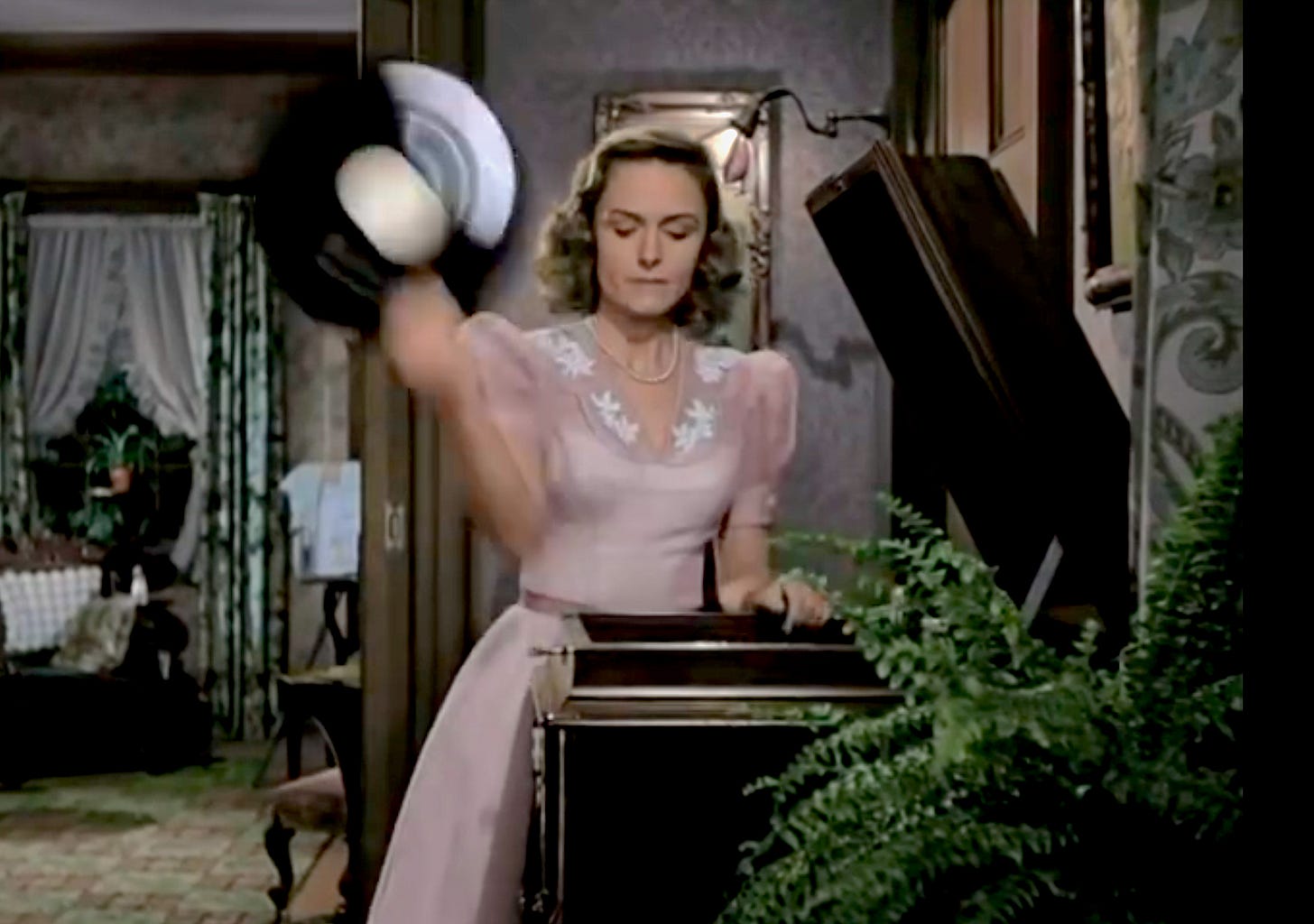

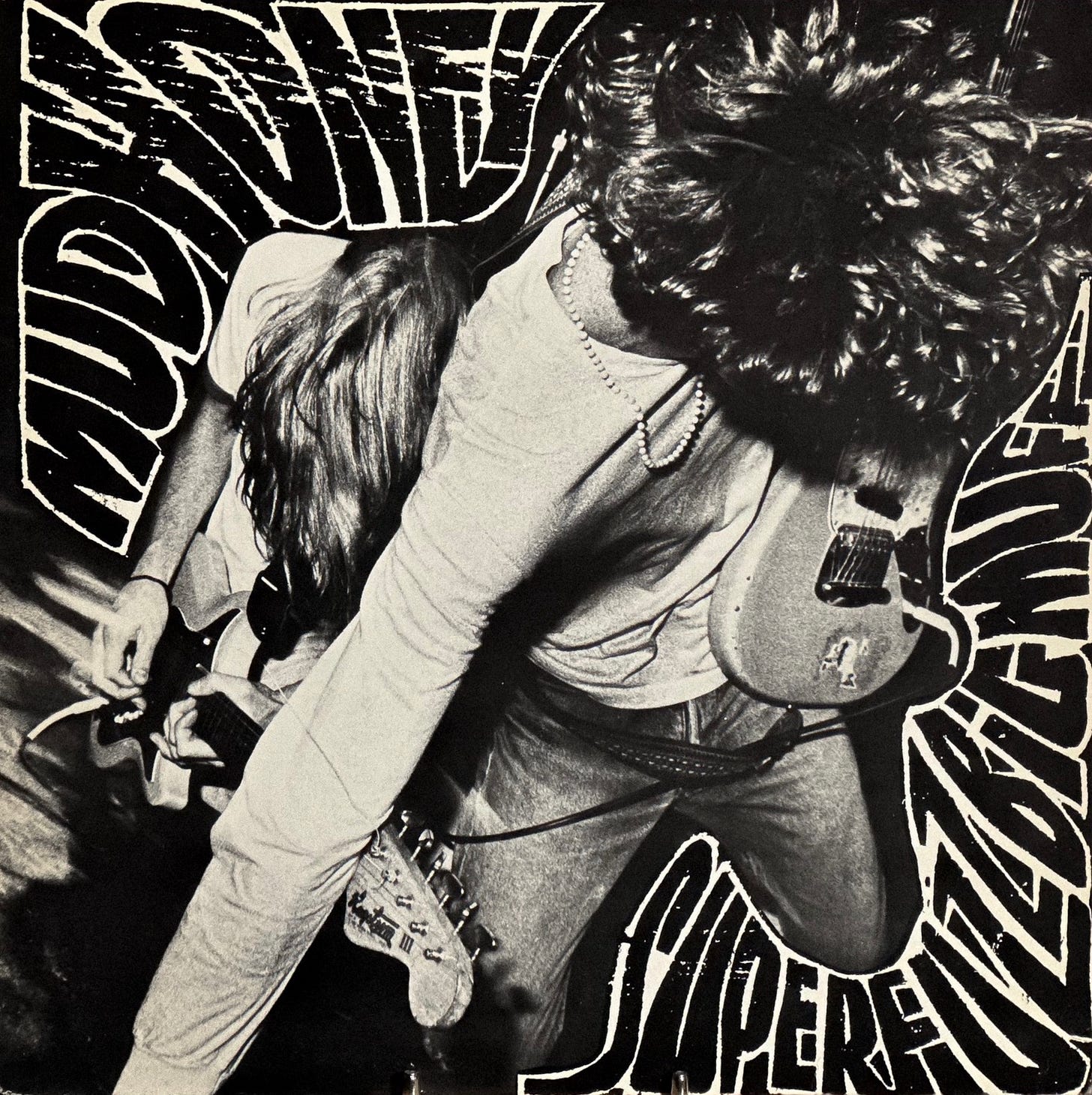
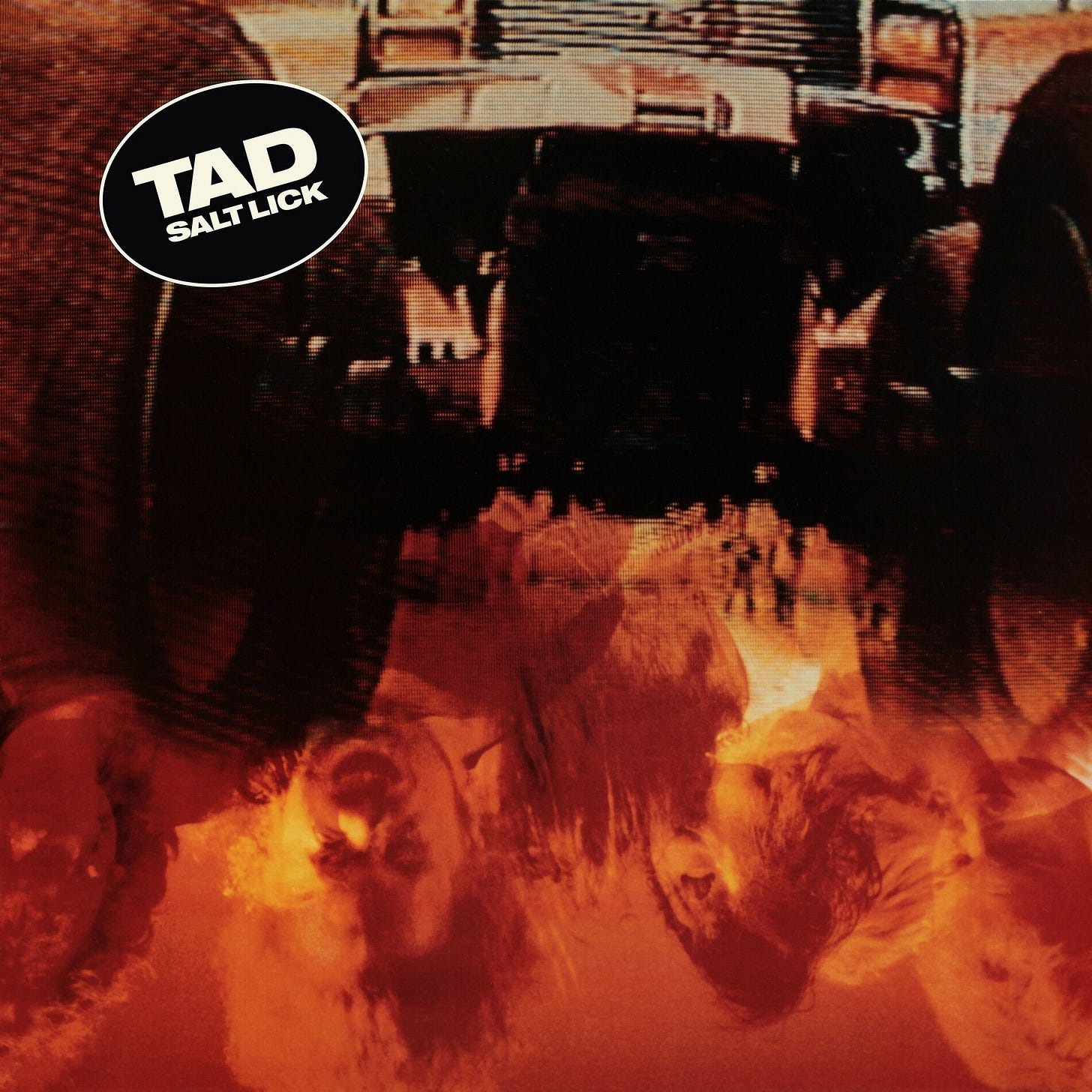
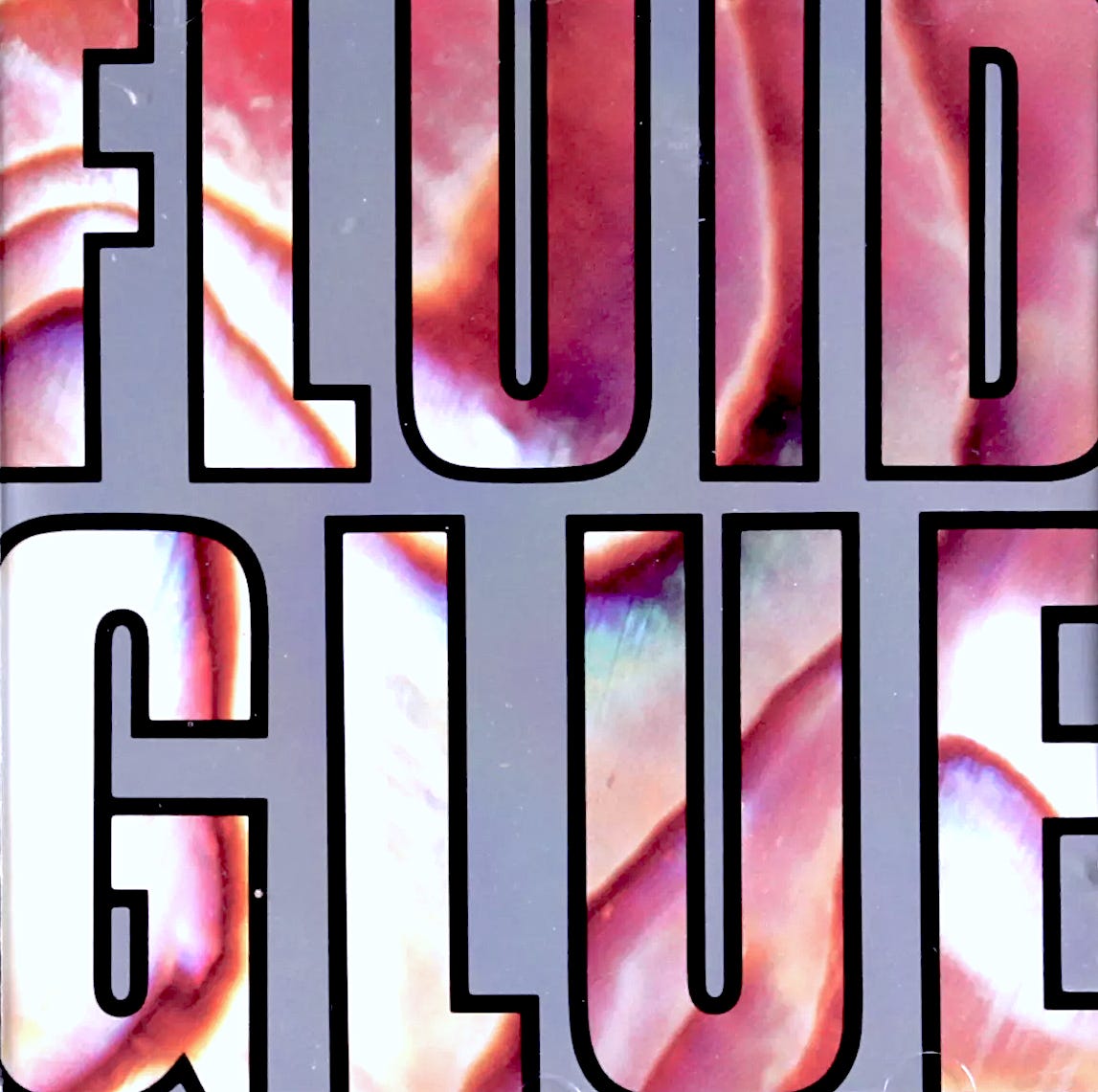
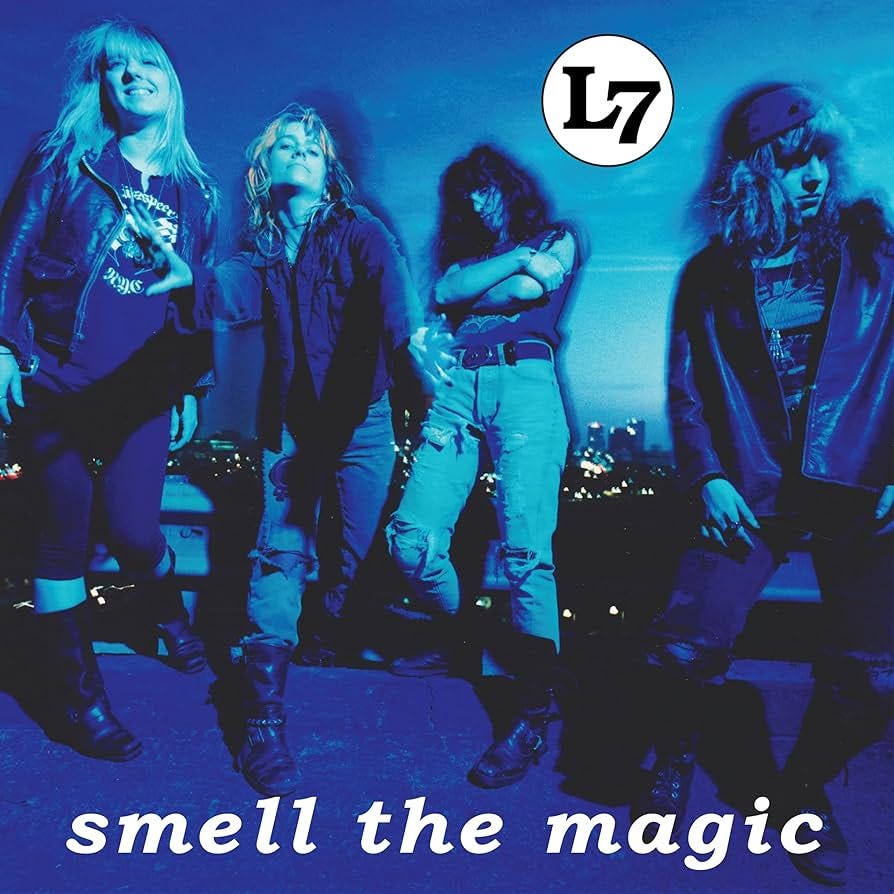
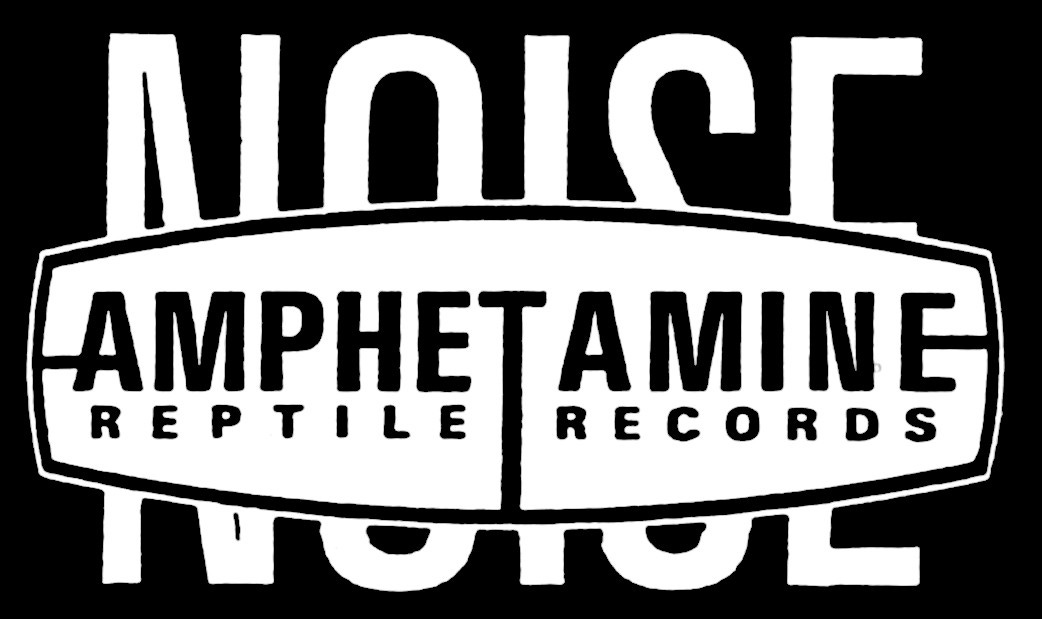
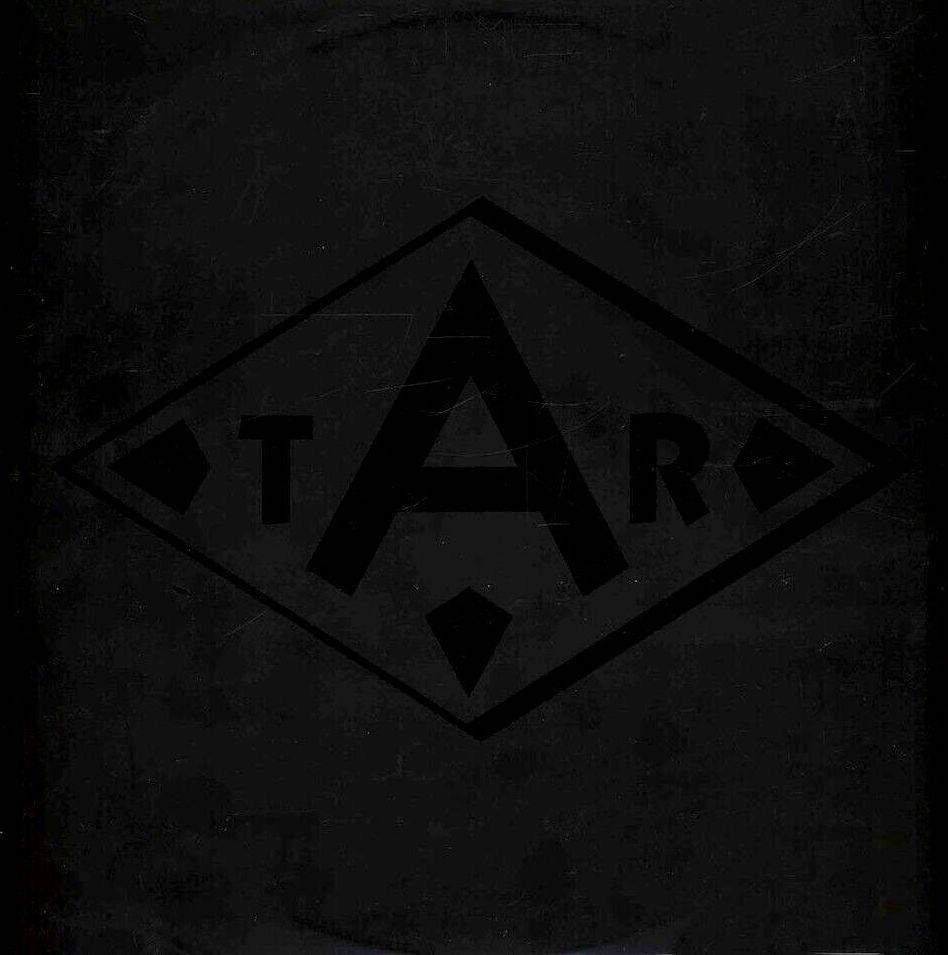
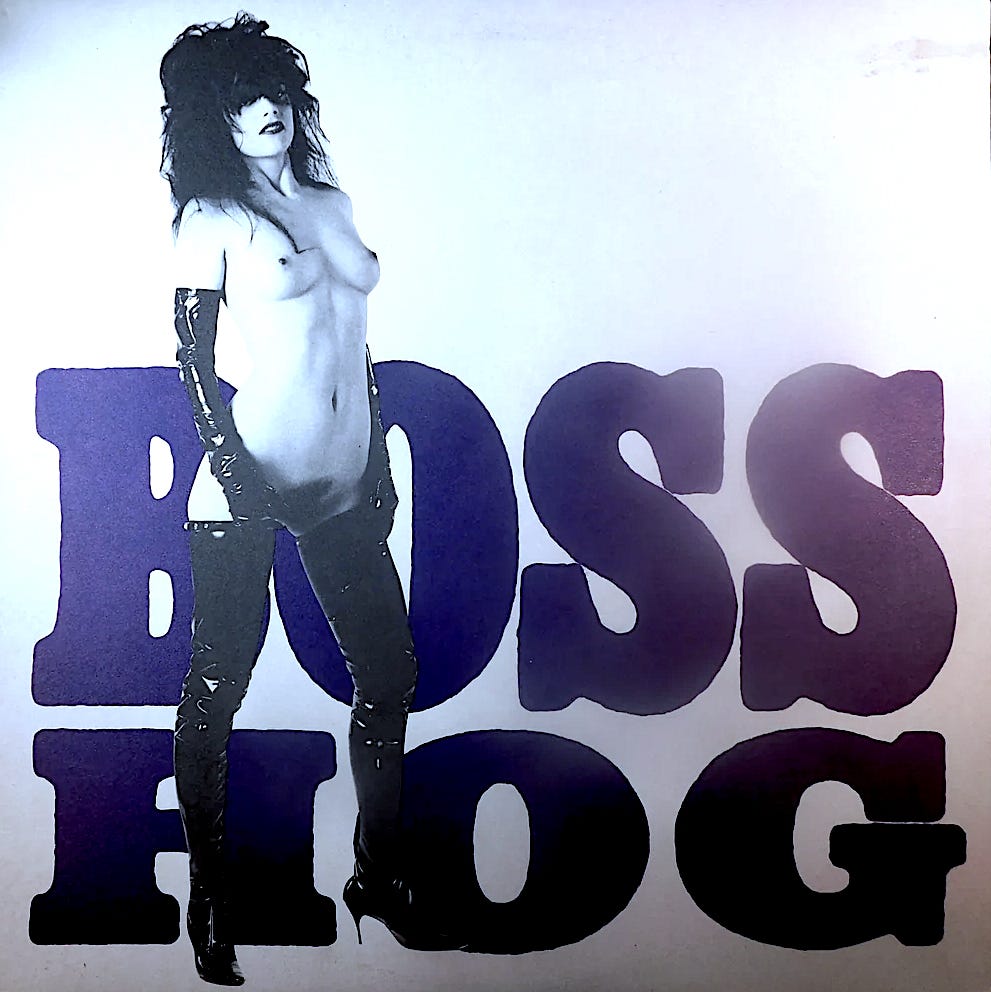

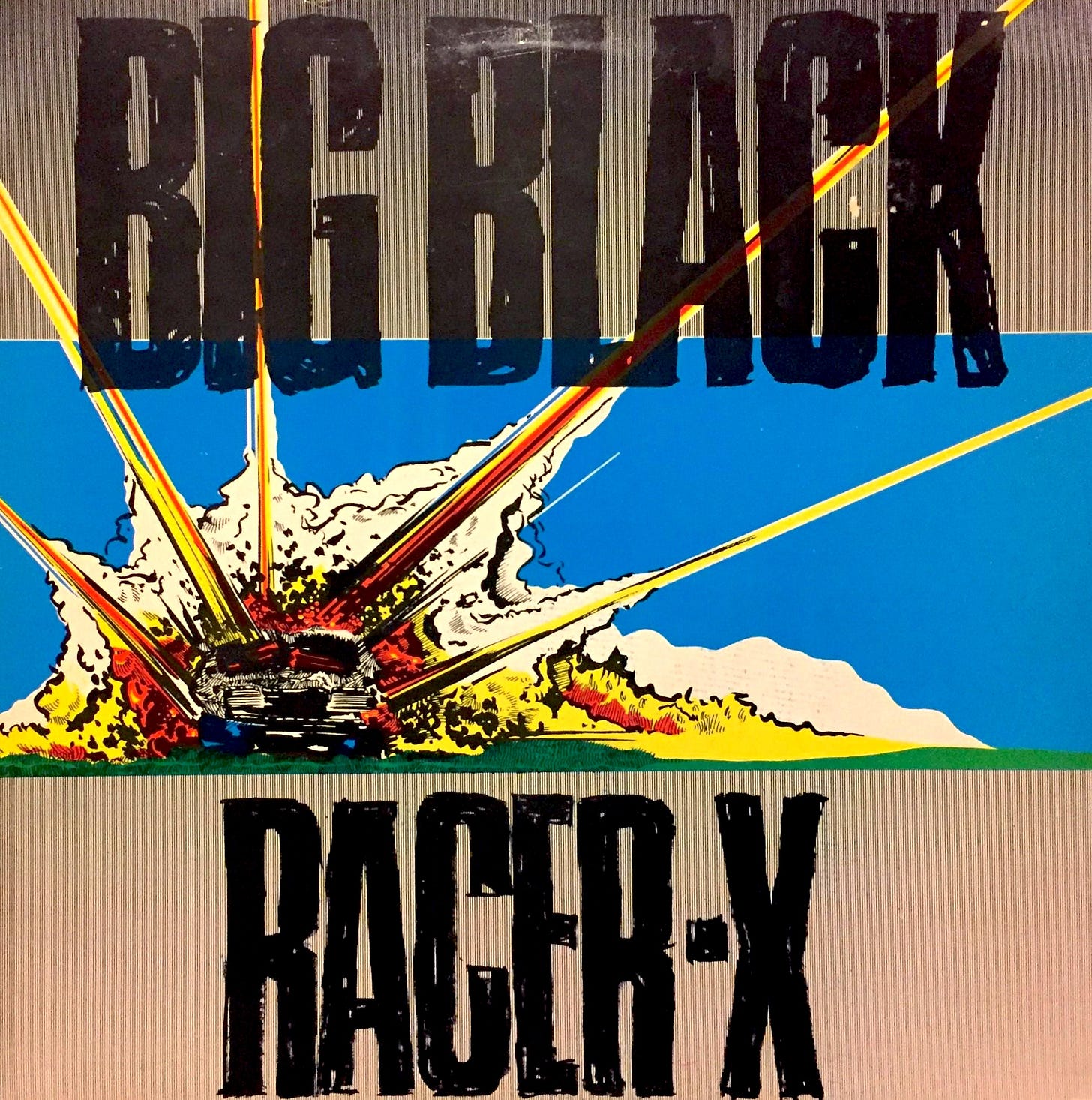
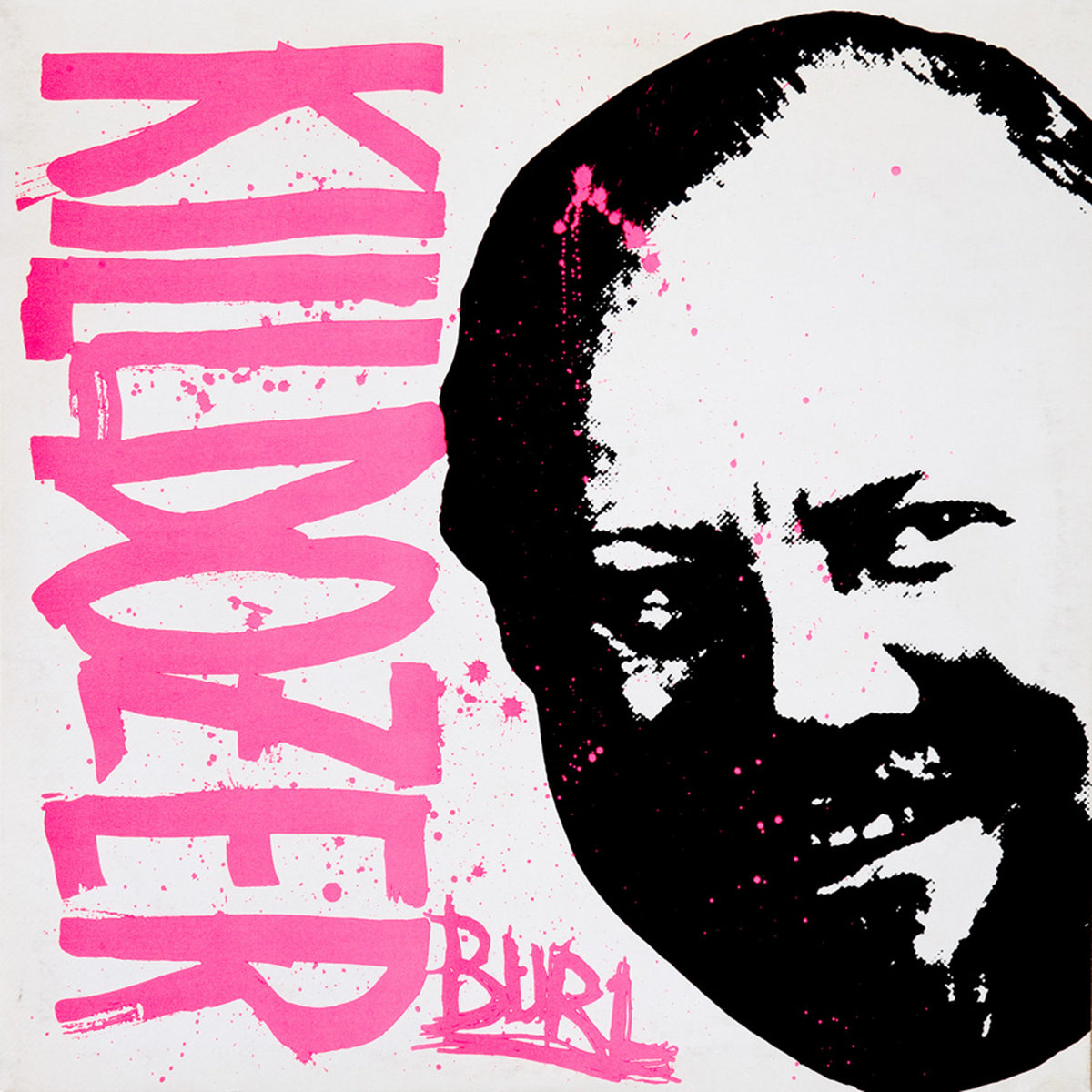

Amen, brother! Testify!
Agreed on all of these, and that The Fluid deserve more recognition. The Touch and Go / Butthole Surfers mini LP run is great, maybe even the best way to digest what they were before they caught the corporate eye (which is still one of the strangest and most hilarious arcs outside of the KLF)—small delirious bites.